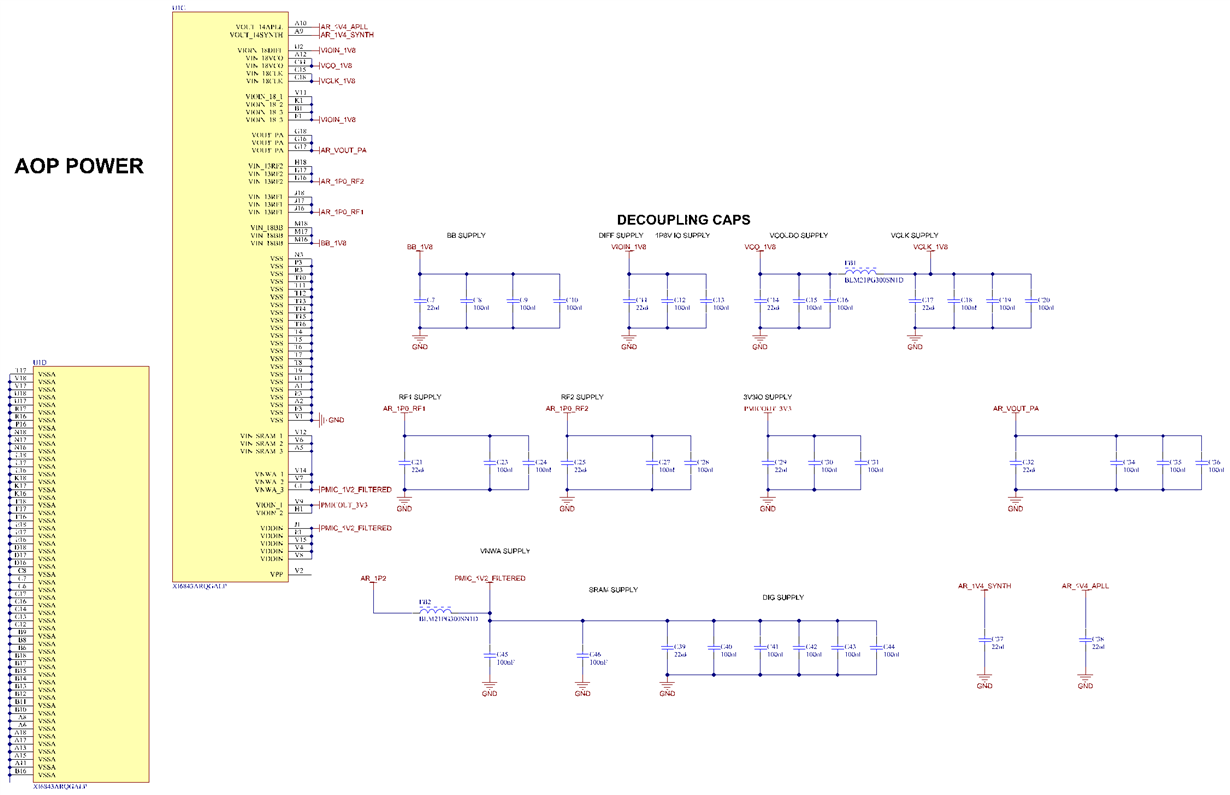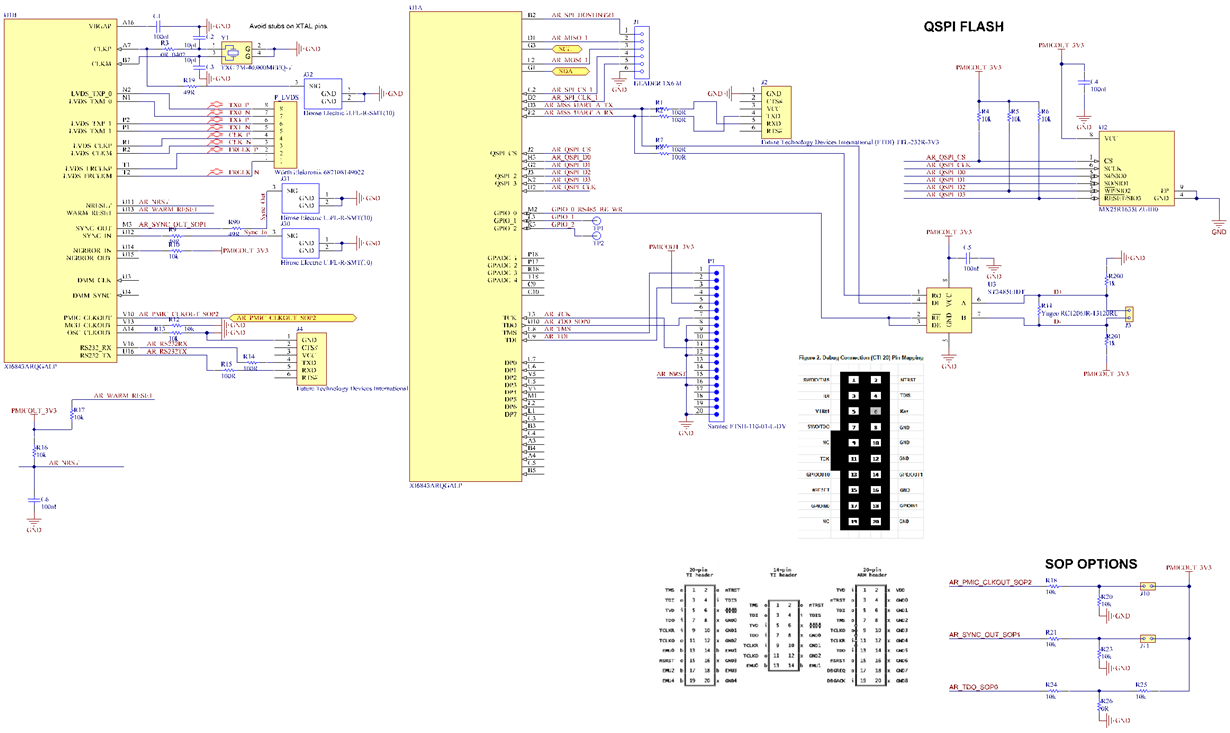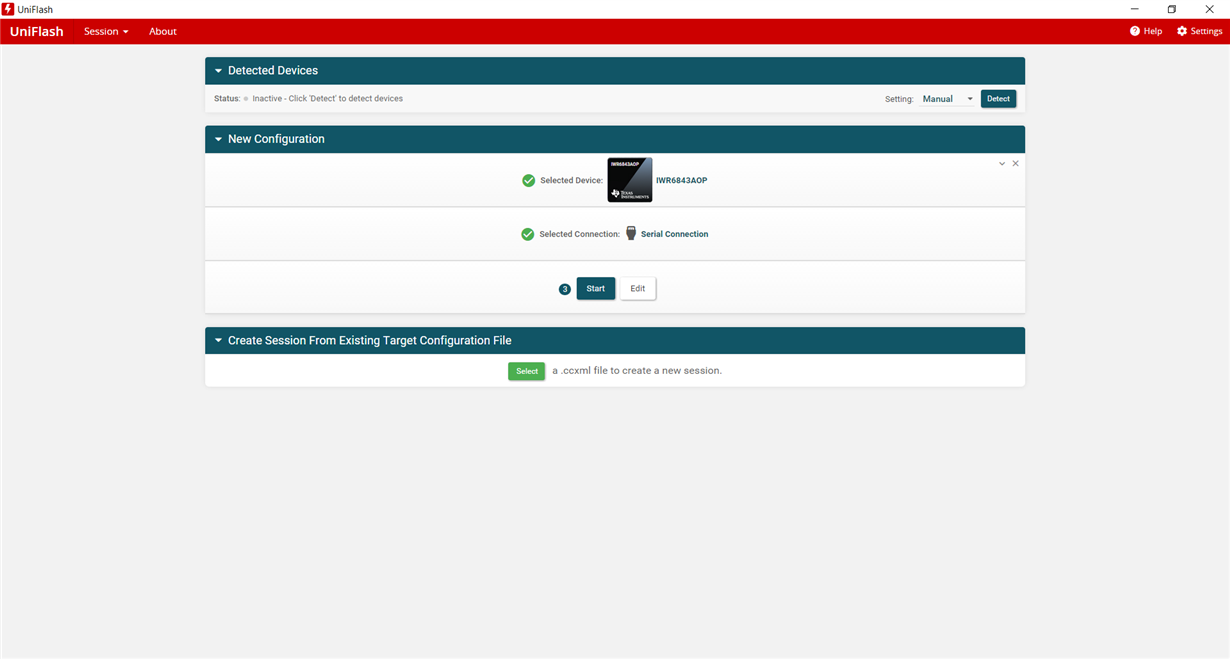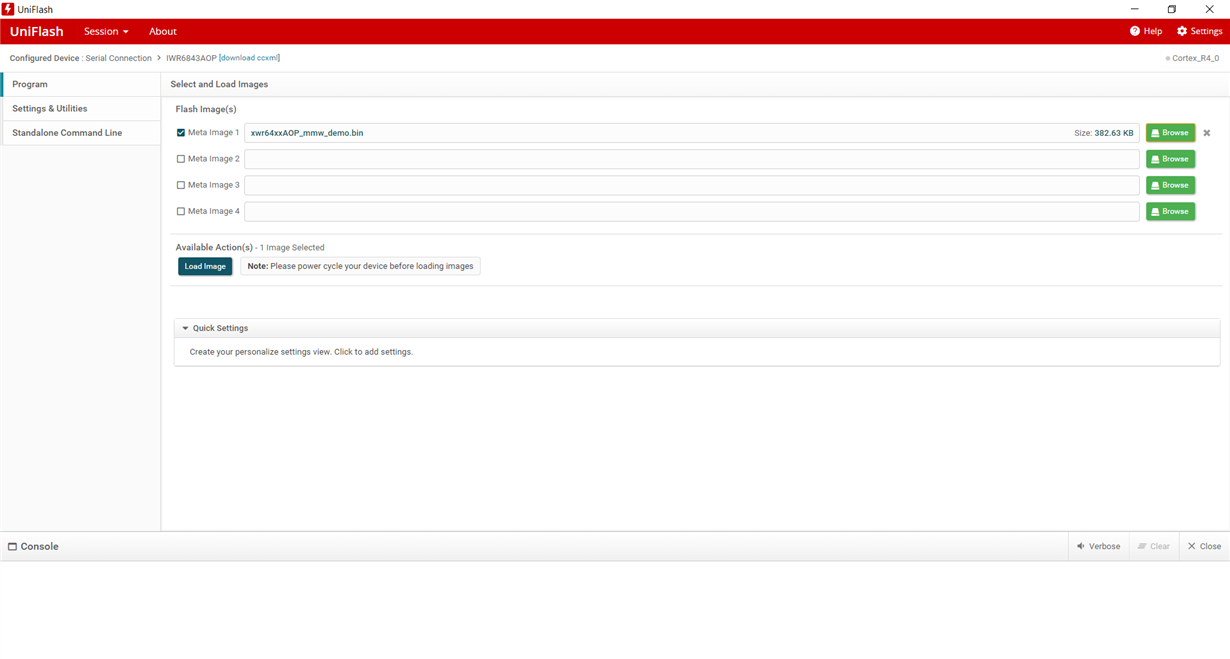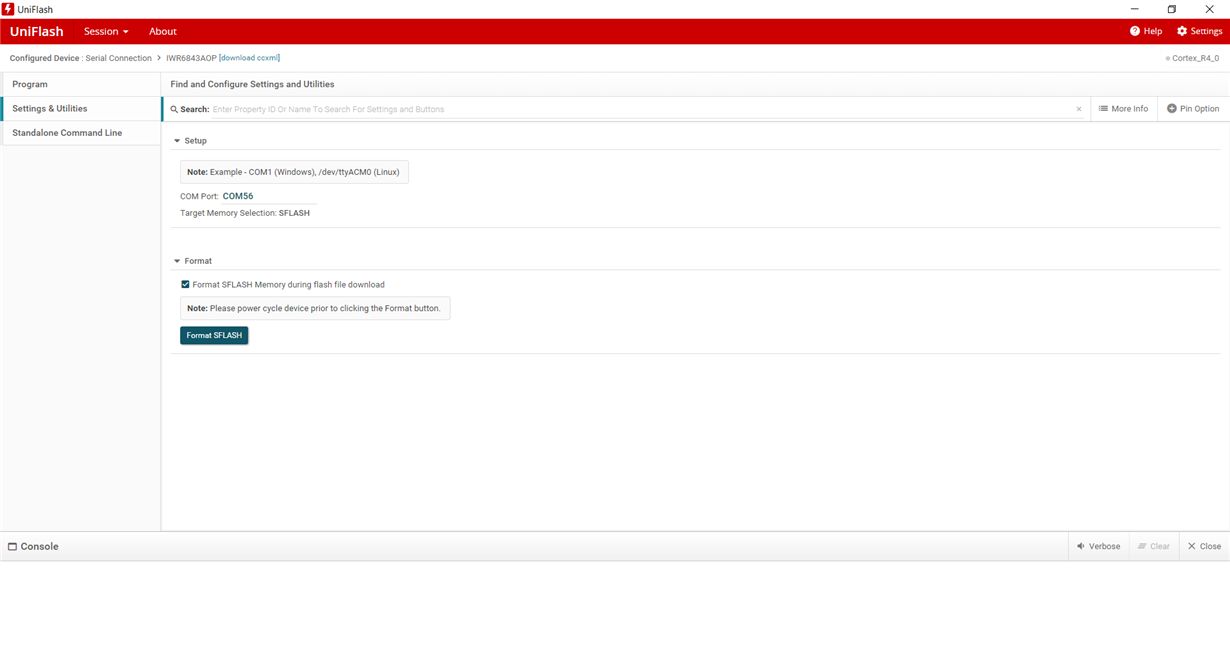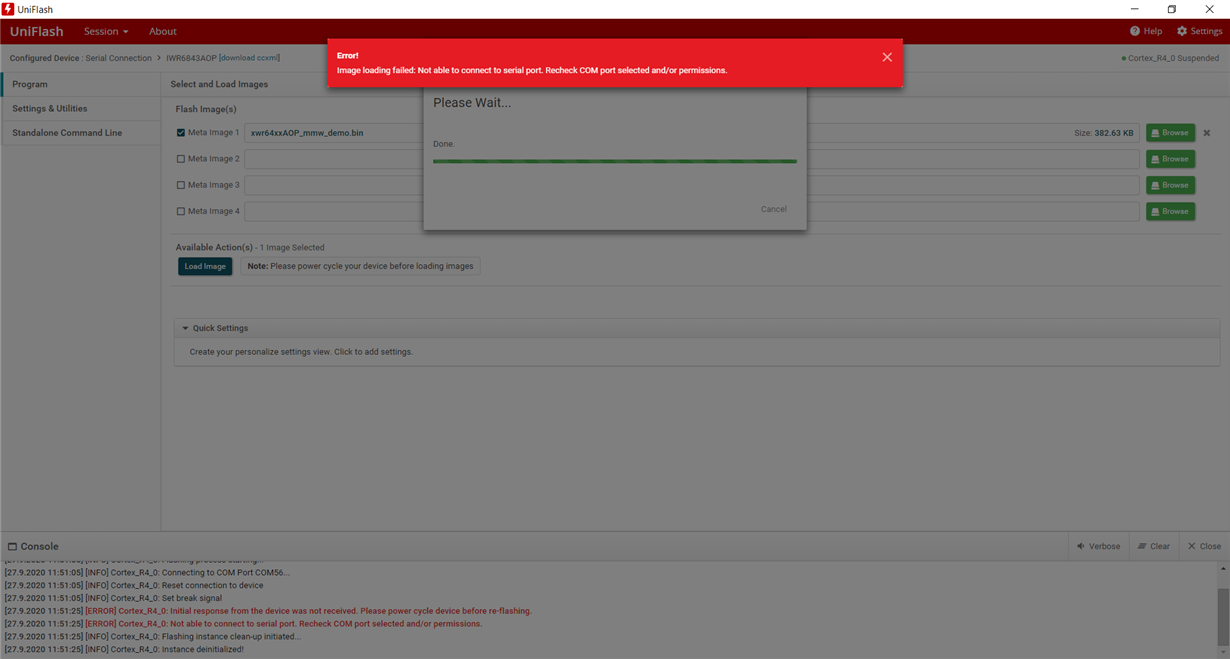Other Parts Discussed in Thread: UNIFLASH
Hi TI Team,
I designed my own radar board based on the eval kit (https://www.ti.com/tool/IWR6843AOPEVM).
Unfortunately I am not able to program the device (external FLASH) with the JTAG Debugger or the UART programmer.
-All voltages are correctly supplied
-The Quartz oscillator is working but at the OSC_CLKOUT is not the clock signal visible
Can you please review the schemtic and give me some advice



